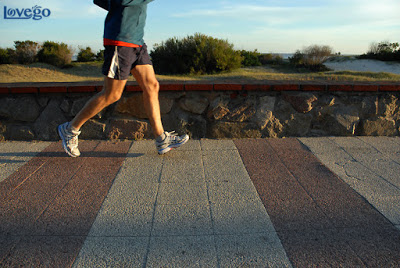Increasing Your Tolerance for Physical Exercise

Exercise can reverse the damage to you lungs. But it can do wonders for how you feel physically and emotionally, and it can help protect you from many complications that are often associated with COPD, such as heart disease and respiratory infections. Regular exercise helps ease COPD symptoms like fatigue and shortness of breath. It helps your muscles use oxygen more efficiently, so your body gets the most out of your lung function. And it helps keep you independent and active longer, less likely to need hospitalisation , and less likely to suffer from depression.
When you have COPD , there are two main areas of concern for exercise. First, you want to be able to do more for longer periods, so you need to increase your tolerance for exertion . And you need to keep your muscles toned so you have the strength to do everday tasks like bathing, dressing and cooking.
Aerobic Exercise.... walking, swimming, step exercising and riding a stationary bike- helps your lungs work better. Over time, you can increase not just how long or how often you exercise but how long and how often you can do other things. Most fitness experts recommend 30 minutes of aerobic exercise a day three to five times a week, but thats a general recommendation for generally healthy people. Your needs and abilities may be significantly different.
Where you start out in your exercise program is less important than the fact that you are starting to exercise. If You can only walk for three minutes or can only ride a stationary bike for a minute and a half before you feel short of breath, thats okay. The important thing is that you do what you can.
If you use oxygen be sure to use it when you exercise , too(at the prescribed flow rate, of course) . Your body requires more oxygen when you exercise, so keeping it on during your workout will help you feel more comfortable.
Its also important that you do what you can consistently. Three minutes of walking isn't helpful if you don't do it regularly.. in fact, if you don't do it regularly, chances are it wont be long before you cant even go the three minutes. But if you make it a regular part of your routine, after a month or two you may be surprised at how long you can walk before stopping.
You are also more likely to stick with your exercise plan if you choose an activity you enjoy, or at least one you dont dread.


